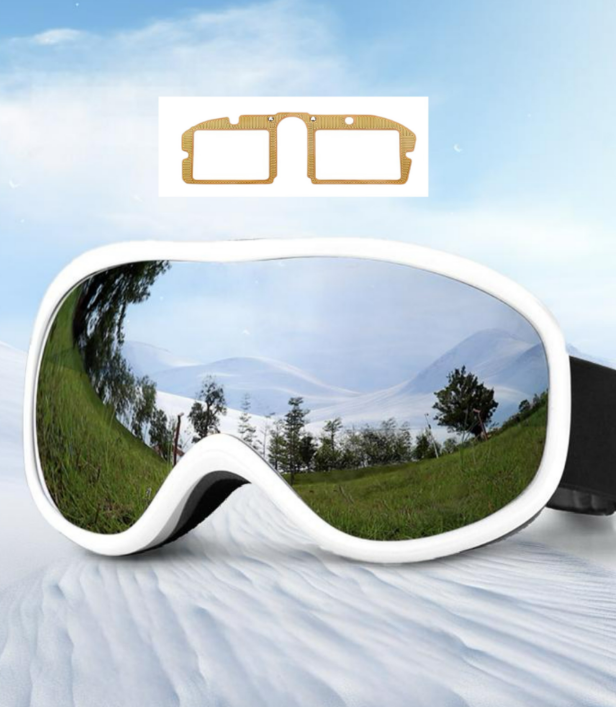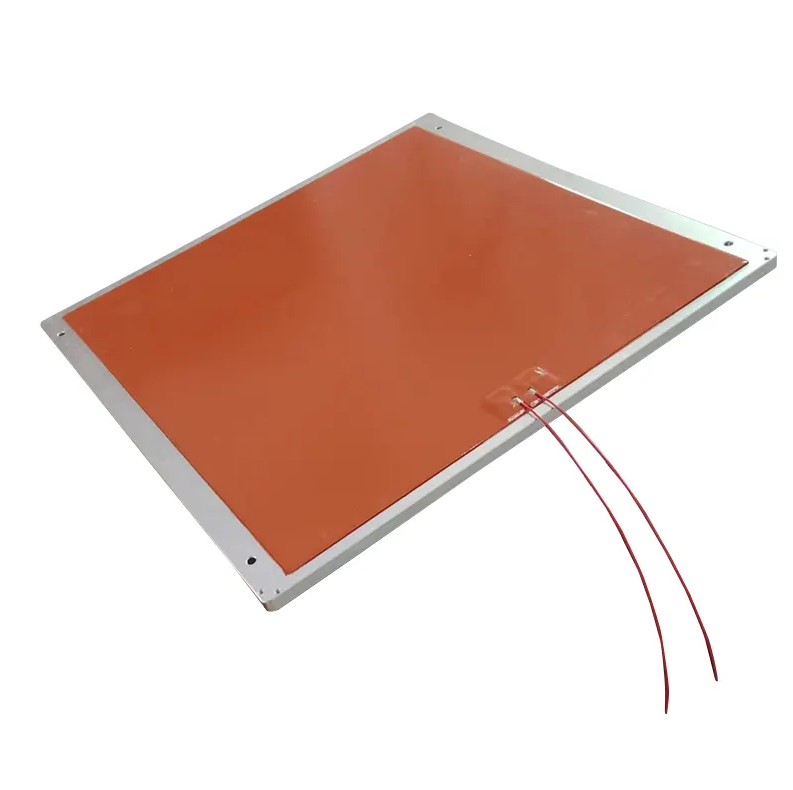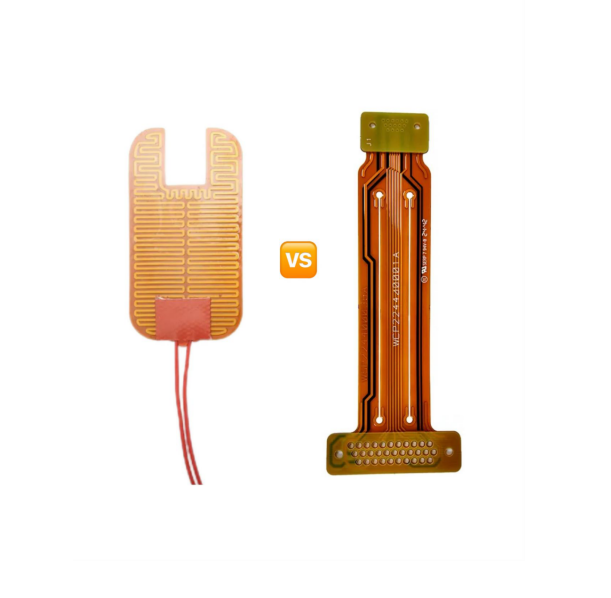

The Challenge: Silicone Heaters Failing at 200°C+Many industrial and high-performance 3D printers require heated beds that operate long-term at 200°C or above. However, standard silicone heaters often develop cracks, delamination, or reduced heating efficiency after prolonge...
Learn more
In today’s world, where precision and efficiency are paramount, integrating smart temperature control into heaters has become essential across various applications. Whether in household appliances or industrial equipment, smart temperature control significantly enhances the performance and...
Learn more
The automotive industry demands heating solutions that withstand vibrations, moisture, and extreme temperatures. Silicone rubber heaters, with their rugged construction and rapid heat transfer, are transforming applications from electric vehicles to autonomous driving systems.Key Benefits ...
Learn more
The new energy industry requires cutting-edge heating solutions to optimize performance in solar energy systems, electric vehicle (EV) components, and advanced battery technologies. Polyimide heaters, renowned for their ultra-thin profile, exceptional thermal stability, and flexibility, ar...
Learn more
Mica heaters are widely used in various industrial and household heating applications due to their excellent thermal conductivity, electrical insulation, and durability. One of the key design features of these heating elements is the inclusion of multiple through-holes. These holes, w...
Learn more
Silicone heating pads have become a popular choice for various applications, from providing warmth during cold winter nights to being used in industrial settings for temperature - sensitive processes. Their durability and reliability make them a valuable investment, but like all good thing...
Learn more
In the fast - evolving landscape of electric vehicles (EVs), every component plays a crucial role in enhancing performance, efficiency, and reliability. Among these components, polyimide heaters have emerged as a game - changer, especially when it comes to managing the performance of EV ba...
Learn more
As the winter chill sets in, we're all too familiar with that unpleasant shock of sitting on a cold toilet seat. It's a discomfort that can instantly dampen your morning routine or late - night bathroom visit. But fear not, because smart toilets equipped with advanced heating techn...
Learn more
In the intricate world of electronics manufacturing, the Printed Circuit Board Assembly (PCBA) serves as the backbone of countless electronic devices. While not all PCBA require heating, under certain circumstances, heating is of utmost importance for ensuring their normal operation and op...
Learn more
Temperature measurement is a critical aspect of various industrial applications, particularly in the low to medium temperature range. Two of the most commonly used temperature sensing elements are Pt100/Pt1000 platinum resistors and NTC (Negative Temperature Coefficient) the...
Learn more
Temperature sensors are essential tools across various industries, enabling accurate monitoring and control of processes. Among the most common types are thermistors and thermocouples. While both serve the same fundamental purpose—measuring temperature—their underlying principles, characte...
Learn more
When it comes to heating solutions in industries such as semiconductor manufacturing, food service, and laboratory applications, mica heaters are often the go-to choice due to their durability and versatility. One of the key considerations when selecting a heater is its maximum temperature...
Learn more
Polyimide heaters are innovative heating solutions widely used across industries requiring precise and efficient thermal management. These heaters rely on the principle of resistive heating to generate and distribute heat uniformly. Here’s a closer look at how Polyimide heaters work and wh...
Learn more
Heaters play a crucial role in industrial applications and daily life. Among them, silicone rubber heaters are widely used due to their flexibility, efficiency, and stability. One critical performance metric for heaters is their warm-up time, which depends on factors like the characteristi...
Learn more
In the automotive industry, rearview mirrors with built-in defogging and defrosting capabilities are essential for safety and convenience. These systems rely on heating elements, and the material used in these elements significantly impacts performance, cost, and durability. Two common mat...
Learn more
In today’s fast-paced world, people seek convenience and comfort in every aspect of their lives, including the simple pleasure of enjoying a warm cup of coffee or tea. Heated and temperature-controlled coasters have emerged as an innovative solution, ensuring that beverages maintain their ...
Learn more
In cold or humid conditions, goggles often become foggy, obstructing vision and creating discomfort for users. Whether you're skiing down a snowy slope, riding a motorcycle through chilly winds, or working in a laboratory, maintaining clear vision is crucial for safety and performance....
Learn more
As 3D printing continues to transform industries with its versatility and precision, ensuring optimal print quality has become a key focus. One critical component of a 3D printer that directly impacts performance is the heated bed. This blog explores the advantages of high-performance sili...
Learn more
The demand for high-precision 3D printing has surged across industries, with resin printers gaining popularity for their ability to produce detailed and complex parts. One area ripe for innovation is the integration of heating solutions to optimize resin curing and improve print quality. I...
Learn more
Polyimide heaters and flexible printed circuits (FPC) are two distinct electronic components, each designed to fulfill unique roles in electronics and thermal applications. While they may share some material similarities, such as the use of polyimide, their functionality, structure, and ap...
Learn more
We offer a wide variety of high-efficiency heaters and heating element.Such as polyimide/kapton heaters,silicone rubber heaters,PET transparent heaters, thick film heaters,PTC heaters, mica heaters,epoxy resin heaters and graphene heating film.